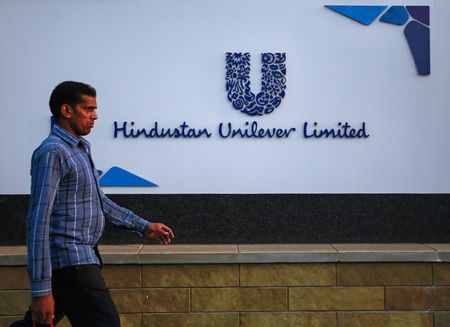By Sai Ishwarbharath B
BENGALURU (Reuters) -Happiest Minds Technologies expects a double-digit revenue share from its generative AI business within three years, up from 1.6% in fiscal 2025, as clients accelerate AI spending to cut costs and boost productivity, its top executive told Reuters.
This makes it the first Indian IT firm to give a revenue forecast tied to the futuristic technology and the second in the $283 billion sector to report AI-related revenue after HCLTech.
Earlier this month, HCLTech said advanced AI quarterly revenue crossed $100 million, accounting for around 2.7% of total sales, in the September quarter.
Generative AI is a form of artificial intelligence that creates new content such as text, images or code by learning from existing data. It powers tools like ChatGPT and Gemini that mimic human-like output.
“Today, all the new businesses we are signing, there is a huge amount of AI at play. When our sales guys go (to pitch to clients), they get an entry at the table only through AI,” MD Venkatraman Narayanan said on Wednesday. “That’s the flavour of the season.”
Happiest Minds said its GenAI projects command a 20%–25% premium over standard rates. It has identified 22 use cases with $50 million sales potential, with five projects already live, including three valued at over $1 million each.
The company raked in about $4 million in the first half of the current fiscal year from GenAI-led services and expects the revenue to double by the end of the year.
Use cases span from student onboarding and grade management in the ed-tech sector to automating inventory and invoicing in consumer goods, Narayanan said.
The company’s GenAI growth target looks challenging but is feasible due to the low base, said Centrum Broking analyst Piyush Pandey, adding “it is possible because the GenAI unit is growing faster than the rest of the business.”
A Massachusetts Institute of Technology study in August found that 95% of organisations globally saw no returns on $30 billion–$40 billion in GenAI investments, citing integration challenges and user skill gaps.
(Reporting by Sai Ishwarbharath B; Editing by Dhanya Skariachan and Eileen Soreng)









